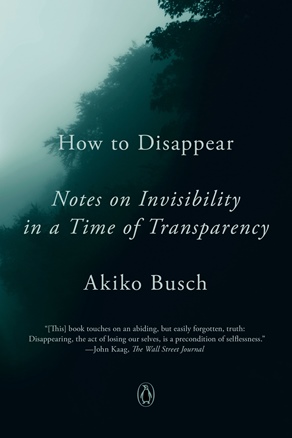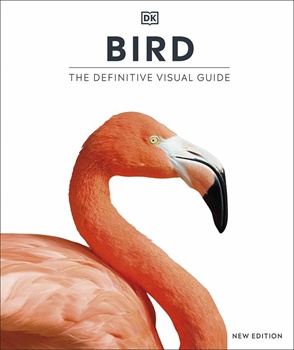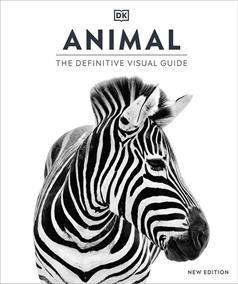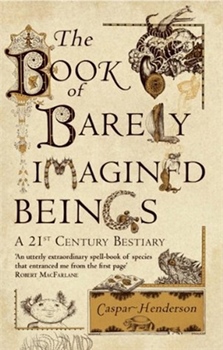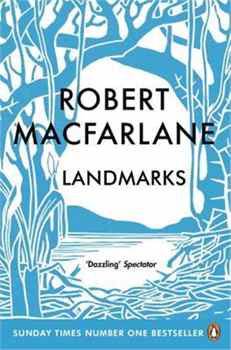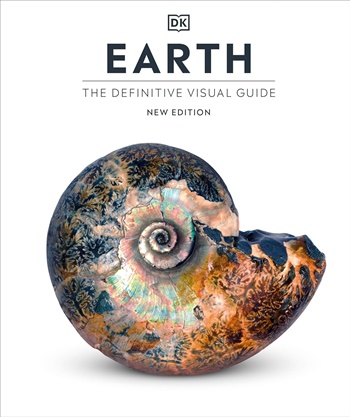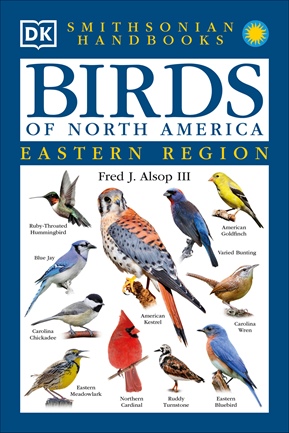Description
It is time to reevaluate the merits of the inconspicuous life, to search out some antidote to continuous exposure, and to reconsider the value of going unseen, undetected, or overlooked in this new world. Might invisibility be regarded not simply as refuge, but as a condition with its own meaning and power? The impulse to escape notice is not about complacent isolation or senseless conformity, but about maintaining identity, autonomy, and voice.
In our networked and image-saturated lives, the notion of disappearing has never been more alluring. Today, we are relentlessly encouraged, even conditioned, to reveal, share, and promote ourselves. The pressure to be public comes not just from our peers, but from vast and pervasive technology companies that want to profit from patterns in our behavior. A lifelong student and observer of the natural world, Busch sets out to explore her own uneasiness with this arrangement, and what she senses is a widespread desire for a less scrutinized way of life—for invisibility. Writing in rich painterly detail about her own life, her family, and some of the world’s most exotic and remote places, she savors the pleasures of being unseen. Discovering and dramatizing a wonderful range of ways of disappearing, from virtual reality goggles that trick the wearer into believing her body has disappeared to the way Virginia Woolf’s Mrs. Dalloway finds a sense of affiliation with the world around her as she ages, Busch deliberates on subjects new and old with equal sensitivity and incisiveness.
How to Disappear is a unique and exhilarating accomplishment, overturning the dangerous modern assumption that somehow fame and visibility equate to success and happiness. Busch presents a field guide to invisibility, reacquainting us with the merits of remaining inconspicuous, and finding genuine alternatives to a life of perpetual exposure. Accessing timeless truths in order to speak to our most urgent contemporary problems, she inspires us to develop a deeper appreciation for personal privacy in a vast and intrusive world.
About the Author
Akiko Busch has written about design and culture since 1979. She is the author of Geography of Home: Writings on Where We Live and The Uncommon Life of Common Objects: Essays on Design an the Everyday. Her most recent book of essays, Nine Ways to Cross a River, a collection of essays about swimming across American Rivers, was published in 2007 by Bloomsbury/USA. She was a contributing editor at Metropolis magazine for 20 years. Her essays have appeared in numerous exhibition catalogues, and she has written articles for Architectural Record, Elle, Home, House & Garden, Metropolitan Home, London Financial Times, The New York Times, Traditional Home, Travel & Leisure and Wallpaper*, among other publications. In Fall, 2005 she served as a Richard Koopman Distinguished Chair for the Visual Arts at the Hartford Art School at the University of Hartford. She has lectured widely on architecture and design and has appeared on public radio in the U.S. and Canada. Currently, she is a regular contributor to The New York Times Sunday regional section.
